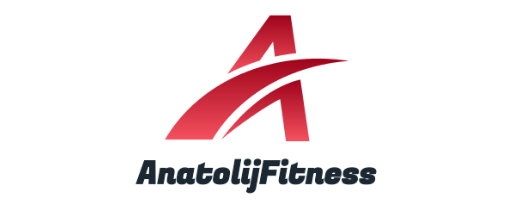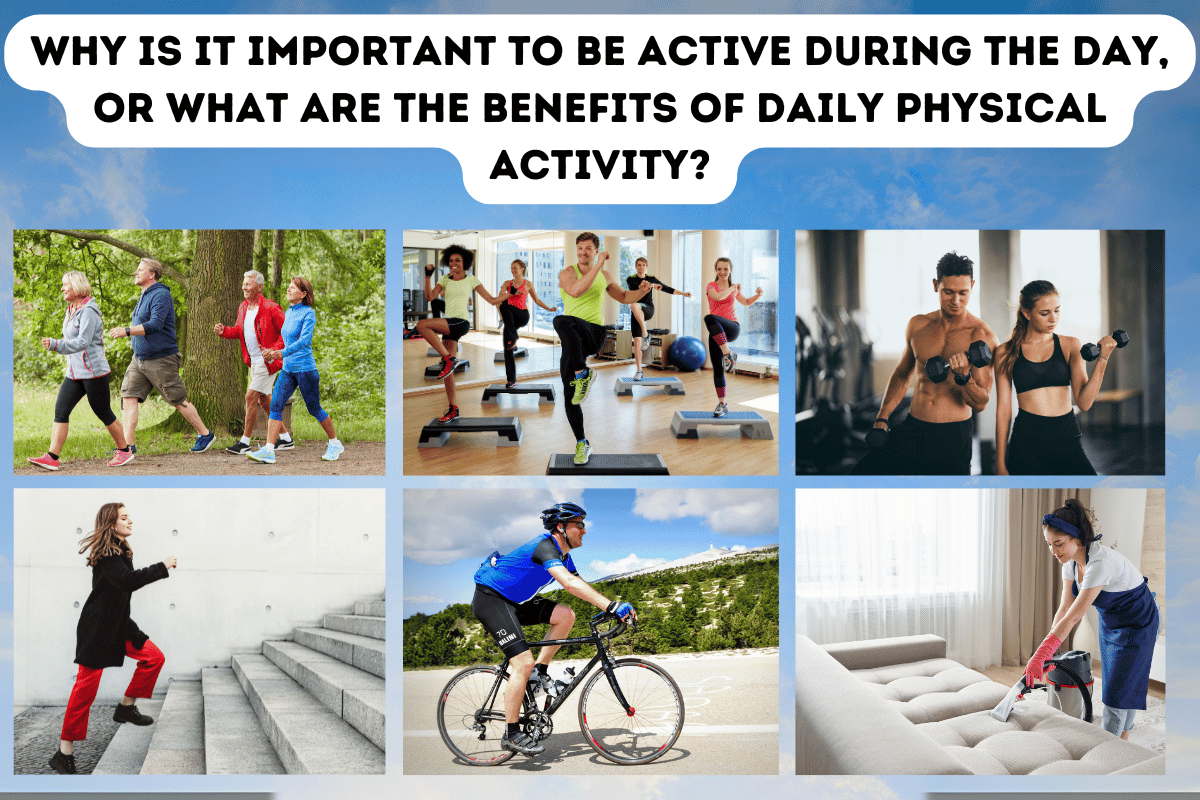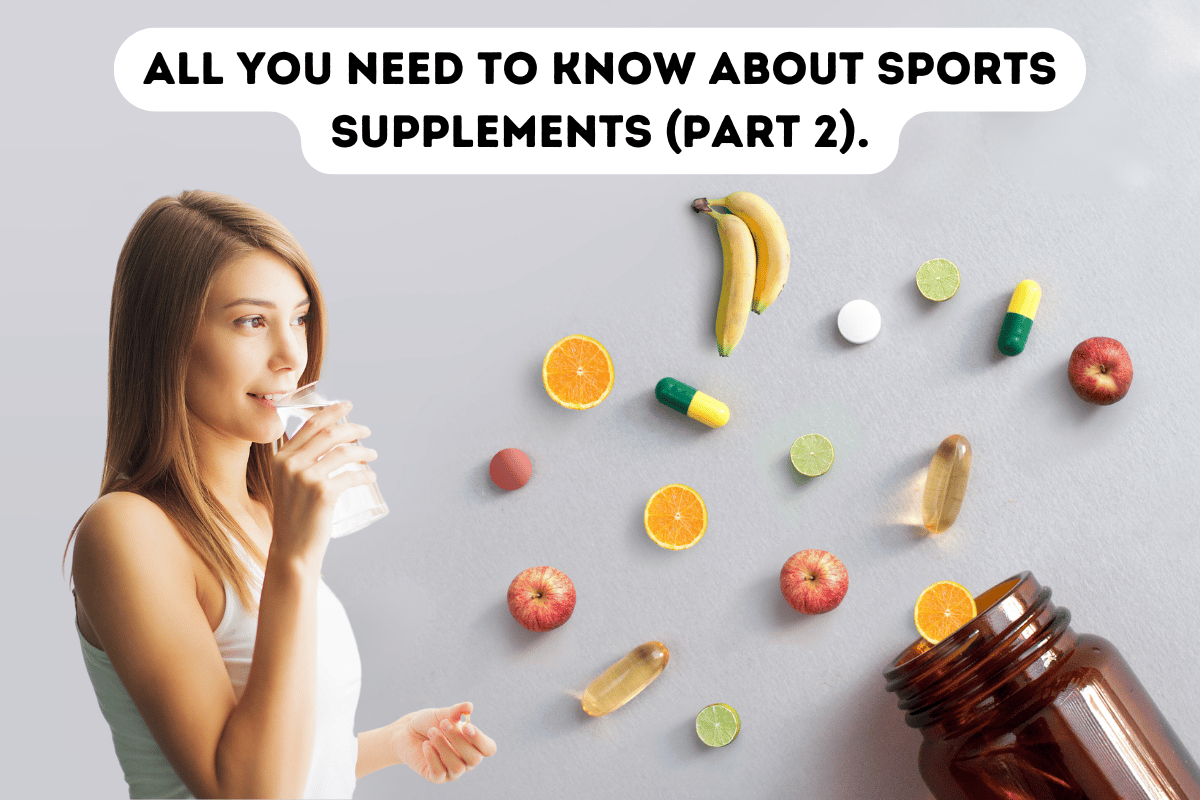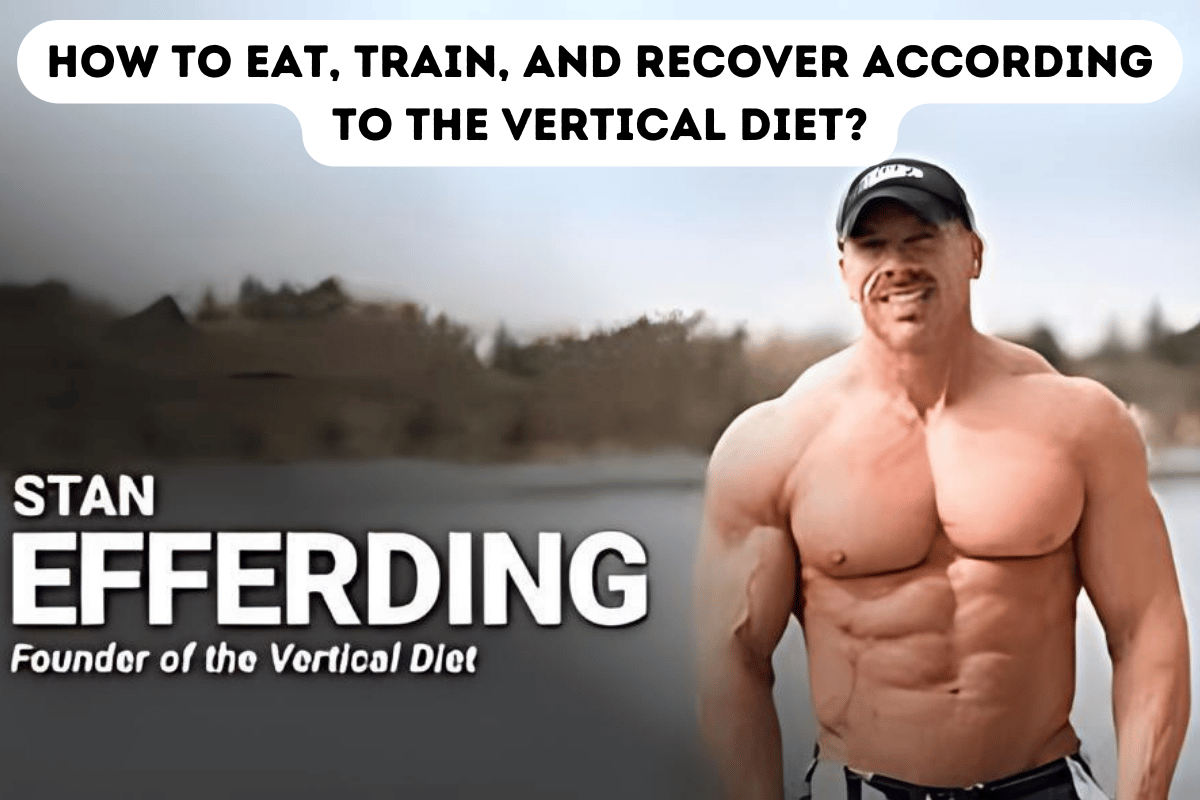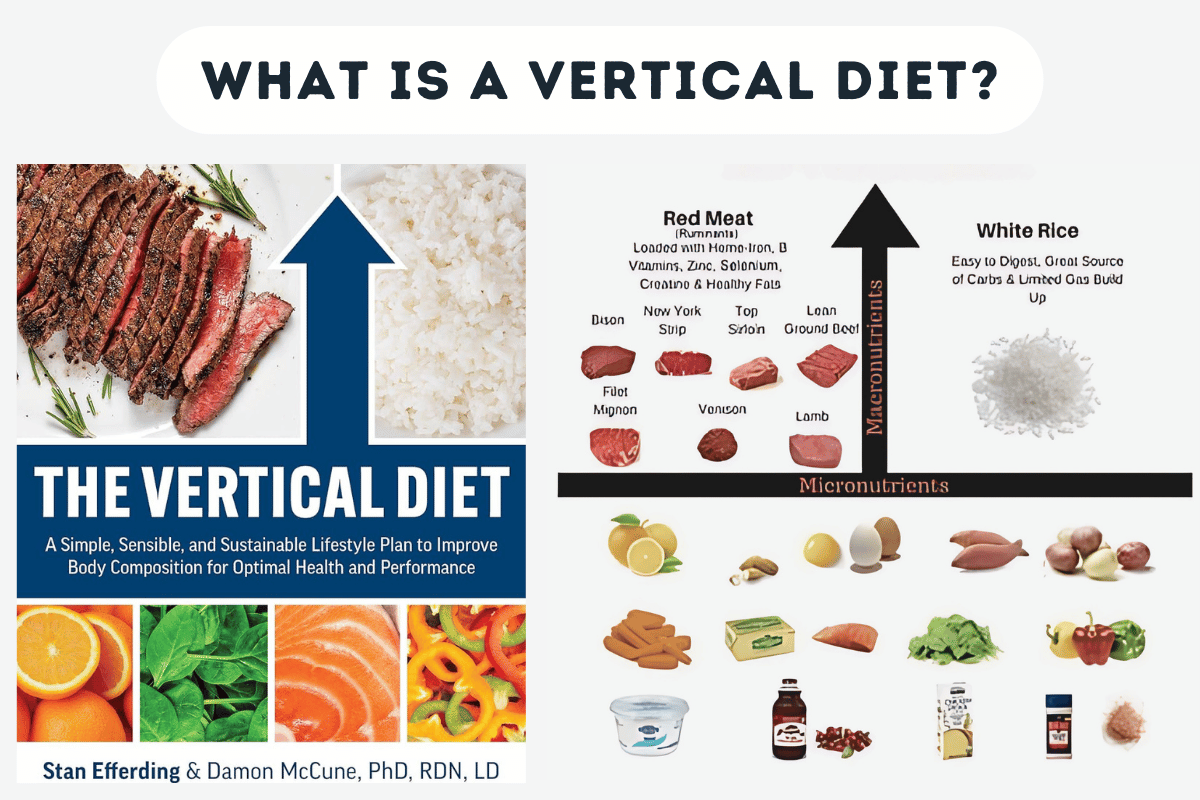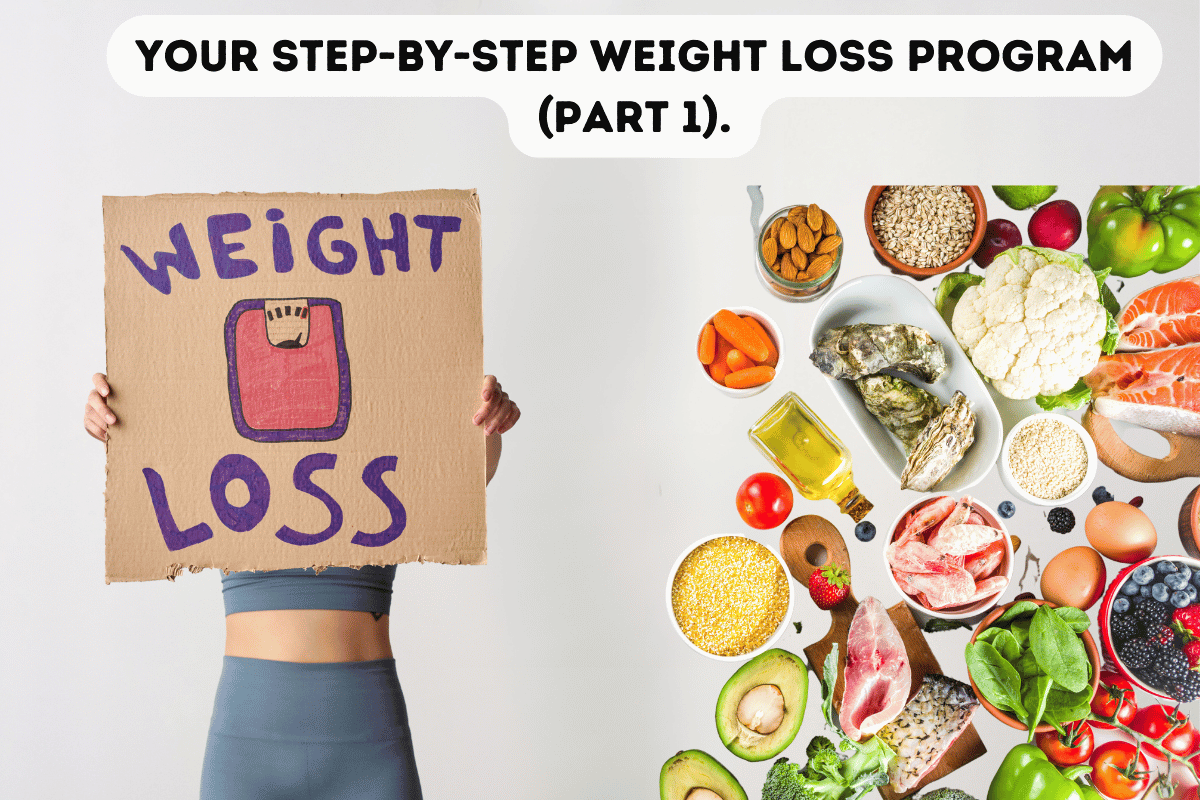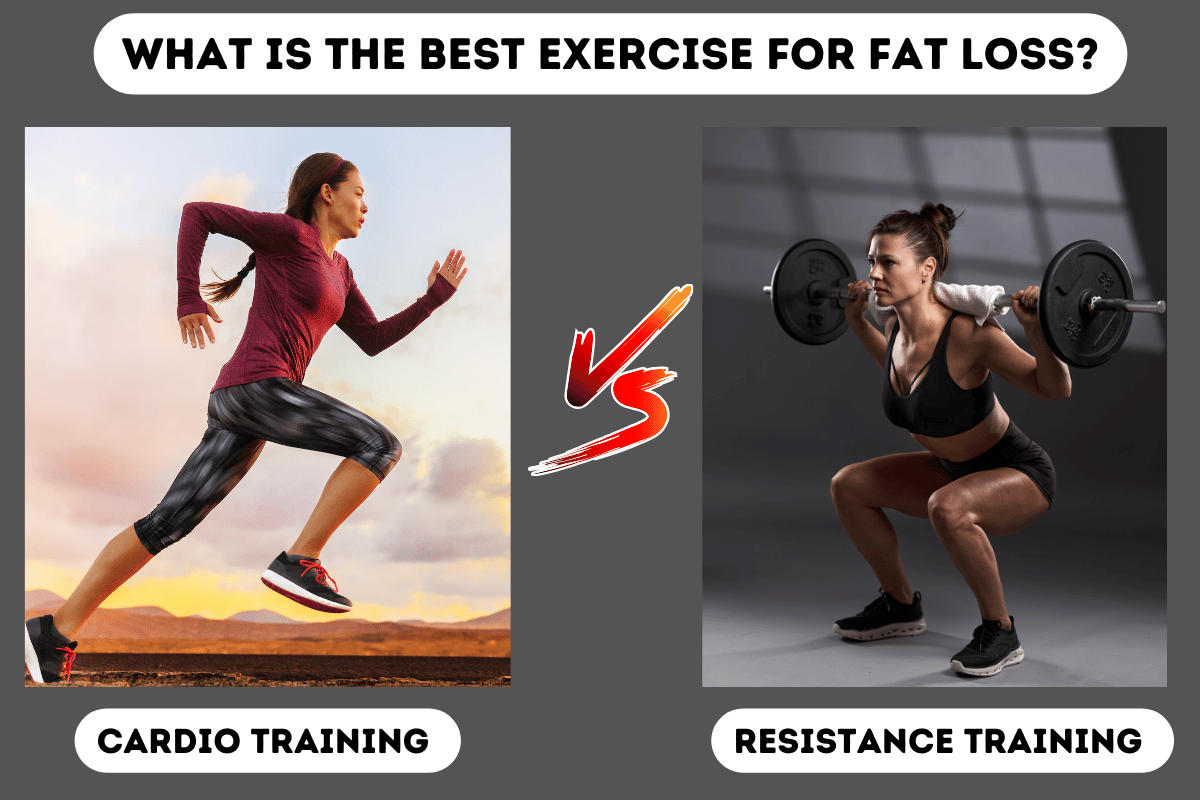To reduce body fat, we need to have an energy intake that is less than our energy expenditure. In other words, we need to burn more calories than we consume. Physical activity includes exercise and general activities, which are the main factors that influence energy expenditure. Increased energy expenditure through physical activity combined with reduced calorie intake from food can help create the energy deficit required for weight loss. Also, physical activity has many other benefits, such as helping reduce…
In part 1 of this article, I explained the main supplements for muscle mass and strength, endurance, and recovery. The second part will discuss supplements for weight loss and general health. We will discuss such supplements as Ephedrine fat burners, L-carnitine, Multivitamins, Vitamin D, mega-3 fatty acids, Probiotics, and simply the benefits of the calorie reduction diet and exercise. Also, at the end of this article, I will give you a general overview of supplements with strong and poor evidence of…
Vertical Diet is a performance-based diet explicitly designed for athletes who want to lose weight, build muscles, or improve performance. It is unique because it includes both diet, training and recovery protocols. You can’t lose weight or gain muscles just with diet; you need to exercise (to burn calories or gain muscles) and you need to recover properly to be ready for the next training sessions. You can find all these things in a Vertical Diet in one system. And…
The Vertical diet is a performance-based diet designed specifically for athletes. It was developed by a professional bodybuilder and powerlifter Stan Efferding to help sport people reach their goals in muscle gains and weight loss. A vertical diet is called Vertical because it looks like an upside-down T. Underneath, at the bottom you have products that provide you with critical micronutrients (vitamins and minerals). At the top are two foods: red meat and white rice, which should provide you with…
In part 1 of the article "Your step-by-step weight loss program", we already discussed the dangers of rapid weight loss for sports performance and health, and I showed you how to calculate your macros for your safe weight loss program. In the second part, we will discuss the step-by-step weight loss strategy. We will cover topics like how to set realistic goals, monitor your progress, keep a food log, reduce your calorie intake properly, why cheat days are important and…
Many athletes and fitness professionals are trying to lose weight for performance reasons, to make a competitive weight category or for better health. To get desirable results in weight loss, it is essential to do it properly. If weight loss is too rapid, it can seriously affect health and sports performance. This article will share my knowledge about safe and effective weight loss strategies. In the first part of this article, we will speak about dangers of rapid weight loss,…
This is a type of question personal trainers are getting all the time. Everybody wants to lose excessive weight as quickly as possible, and they think that somewhere there is the perfect exercise or diet that will solve all their problems once and for all. Of course, there are exercises that can help you lose weight, but unfortunately everything is not so easy. This article will discuss the benefits and drawbacks of cardio and resistance training for weight loss. According…
In my previous article, "All you need to know about protein", we discussed protein's structure, the difference between animal and plant protein, its functions, and how much protein we need. We know that protein is an essential macronutrient for our bodies, not just for muscle growth. It is responsible for many other bodily functions, like building and repairing body tissues, enzymes, and hormone production. In this article, we will discuss the protein requirements for sportspeople and answer questions like: Do…
